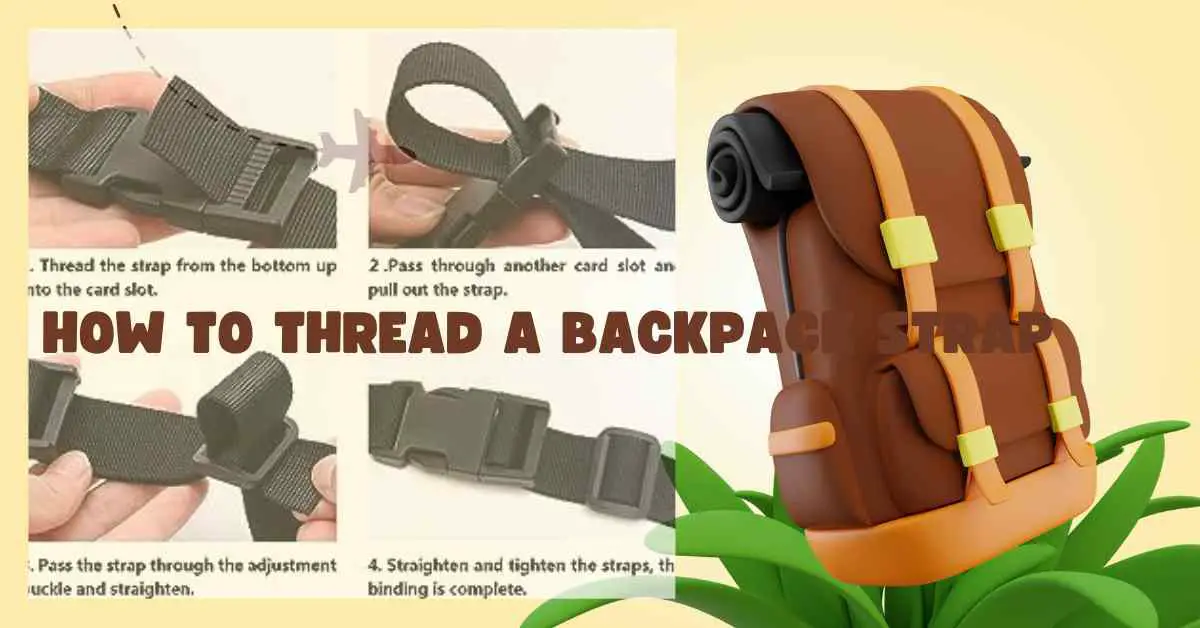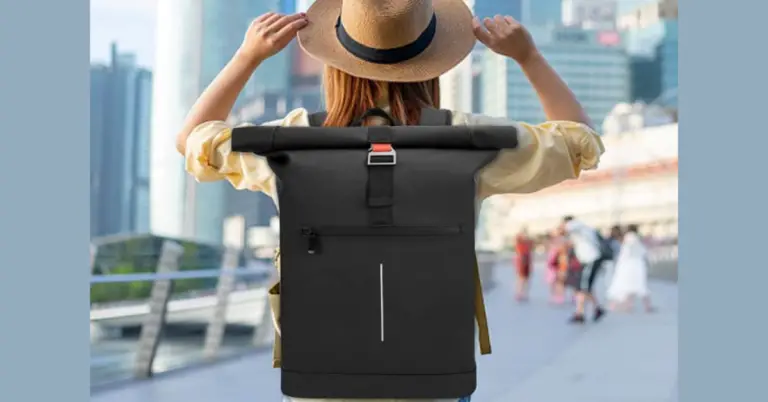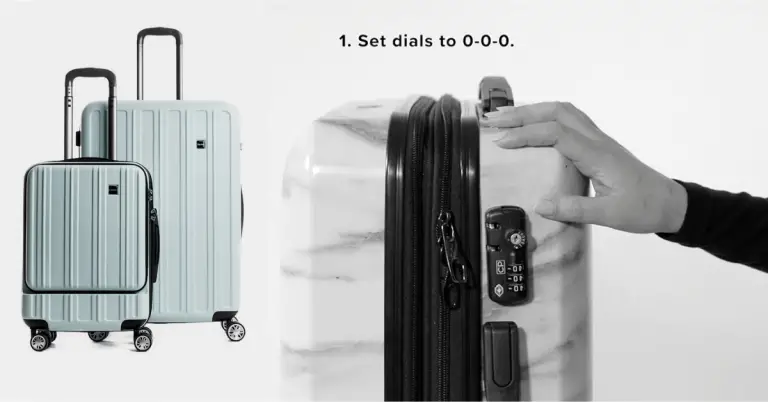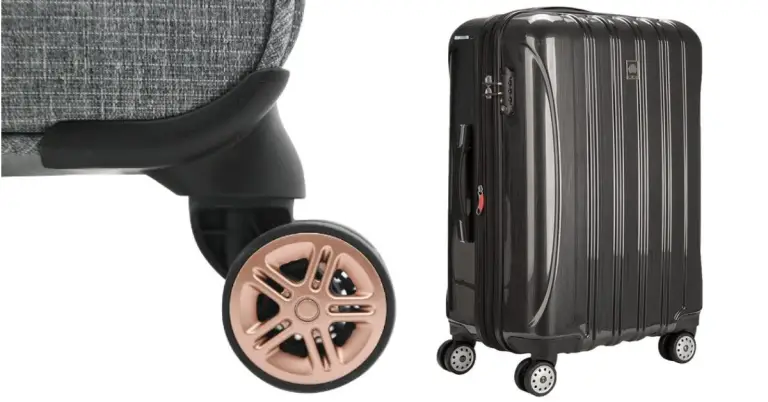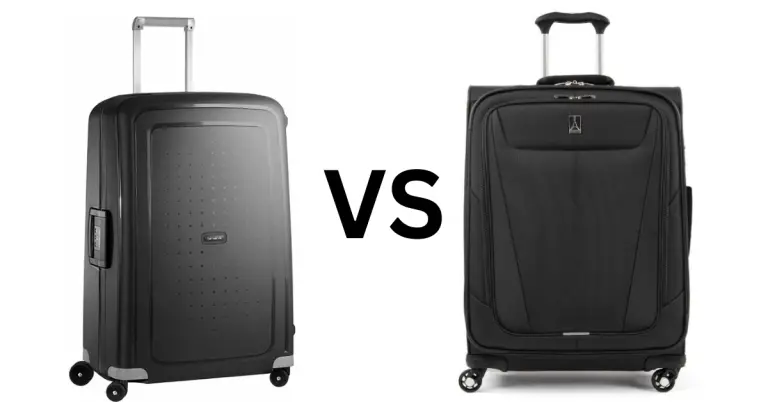How to Thread a Backpack Strap Correctly Tips and Tricks
If someone kills himself to ensure comfort, security, and ease of use capacity for carrying a loan, threading a backpack strap is essential. It is a simple task but not very easy because gearing up for a hiking adventure or just heading to work or school, knowing how to thread a backpack strap can make a significant difference in your overall experience. In this blog, you will enjoy a step-by-step guide threading the backpack strap, ensuring you will be well-prepared for your next journey.
Importance of correctly threaded backpack straps
The importance of correctly threaded backpack straps cannot be easy, as it directly impacts your comfort, safety, and overall carrying backpack experience. When you can do backpack straps thread correctly, you will get several benefits emerge:
Increase Comfort Ability: If you adequately threaded straps, distribute the backpack’s weight evenly across your shoulders and back. It prevents strain, discomfort, and injuries. As a result, it will maintain weight distribution or pressure points.
Stability: The securely threaded straps ensure the backpack remains stable and close to your body. As a result, it prevents the bag from shifting or swaying as you move, maintaining balance and preventing accidents.
Security: If you correctly thread, it will prevent the straps from becoming loose or detaching. As a result, while you are going, it is vital during activities like hiking or biking, where a flexible strap could lead to a potential fall or loss of belongings.
Efficiency: Correctly threaded straps make putting on and removing the backpack easier. It is precious when you need to access your belongings frequently, such as during travel backpack or commuting.
Longevity: Well-threaded straps reduce wear and tear on the backpack’s attachment points, increasing the overall lifespan of the backpack.
Customization: Different backpacks offer various adjustment options for the straps, and threading them enables you to utilize them to fit the backpack snugly to your body shape and size.
Health Considerations: Poorly threaded straps can strain muscles, potentially leading to discomfort, pain, or injury, especially when bearing a heavy load for extended periods. Proper threading mitigates these risks and promotes better posture.
Step-by-step guide on how to thread a backpack strap

Here is a step-by-step guide on how to properly thread a backpack strap:
Understand the Anatomy of the Strap
Before you start threading, familiarize yourself with the components of the strap, including the adjustment buckle, attachment points, and any additional features like padding or clips.
Adjust the Strap Length:
If your backpack has adjustable straps, adjust the length according to your body size and comfort. Loosen the belt by pulling the adjustment buckle, and then position the backpack on your back to gauge the proper length. When you have the right fit, tighten the adjustment buckle to secure the strap length.
Identify the Attachment Points:
Locate the attachment points on the backpack where the straps need to be threaded, and the issues are usually metal rings or loops sewn onto the backpack.
Thread the Strap:
Starting with one strap, feed it through the lower attachment point (usually near the bottom of the backpack) from the inside out. If there is padding or cushioning, ensure it’s facing your body for comfort. Then, thread the strap through the upper attachment point, which is higher on the backpack.
Adjust the Strap Position:
Pull the strap through until the backpack sits comfortably on your back and the belt lies flat without twists. You must ensure padding or cushioning is appropriately aligned and positioned for maximum comfort.
Repeat for the Other Strap
Repeat steps four and 5 for the second strap. Remember to maintain the exact adjustments and alignment for balanced weight distribution on both sides.
Double-Check the Fit:
Once both straps are threaded and adjusted, double-check the backpack’s fit. It should rest snugly on your back without sagging or pulling, and the straps should feel comfortable on your shoulders.
Test the Stability:
Gently move and shift your body to test the stability of the backpack. The straps should stay in place without sliding or causing discomfort. If needed, make minor adjustments to ensure a secure fit.
Secure Excess Strap Length:
If your backpack has excess strap length, use any loops or keepers provided to secure the loose ends. It prevents the straps from dangling or getting caught on objects.
You’ve learned how to thread a backpack strap for optimal comfort, stability, and functionality. Remember that proper threading depends on your backpack’s specific design, but these steps should serve as a general guide for most backpacks.
Tips and tricks for threading backpack straps
Here are some tips and tricks for threading backpack straps follow:
- As you thread each strap, mirror the exact adjustments and lengths to ensure balanced weight distribution.
- Ensure any padding or cushioning faces your body for maximum comfort during wear.
- Utilize loops or keepers on the straps to secure excess length, preventing dangling straps.
- Confirm that straps lie flat and free of twists to avoid discomfort while wearing.
- Test the backpack’s stability by moving gently to check for slipping or readjustment needs.
- Experiment with strap adjustments until the backpack feels snug but not tight on your back.
- Take a short walk to evaluate comfort and make minor tweaks if necessary.
- Periodically check and retighten straps, especially during extended use or after washing the backpack.
- Teach others how to thread backpack straps properly for a more comfortable and enjoyable experience.
Common Mistakes to Avoid When Threading Backpack Straps:
There are mistakes to avoid while threading the backpack, and those are below:
- Twisted Straps: Ensure straps lie flat and untwisted for optimal comfort and stability.
- Uneven Lengths: Threading one strap longer than the other leads to imbalanced weight distribution.
- Backward Padding: Check that padding faces your body to prevent discomfort during wear.
- How to thread a backpack strap: Skipping strap adjustments can result in an uncomfortable fit.
- Loose Ends: Secure excess strap length to prevent belts from dangling or catching on objects.
- Ignoring Symmetry: Disregarding symmetry affects the overall stability of the backpack.
- Inadequate Testing: Failing to move and test backpack movements can result in readjustment needs later.
- Over-Tightening: Avoid making straps too tight; they should be snug but not constricting.
- Forgetting Regular Checks: Periodically reassess strap fit, especially during extended use.
- Skipping Learning: Neglecting to learn proper threading can lead to ongoing discomfort and inconvenience.
Conclusion on How to fix a backpack strap
In conclusion, how to thread a backpack strap is the proper threading technique mastered, and you will now avail your adventures with a well-fitted and comfortable backpack. Additionally, if you avoid common mistakes and follow our guidelines, ensure your backpack straps are optimally threaded. It will provide stability, comfort, and the freedom to explore the trails confidently. Happy travels!
Recent Posts You May Like:
- What happens if you put a vape in checked luggage?

- What is Check-in Baggage in Flight?

- How to Pack Sunscreen in Checked Luggage

- How to Open a Locked Suitcase Without a Key

- What to Do If You Forgot Your Samsonite Code: Unlock Travel Woes

- How to Set Delsey Luggage Lock: The Ultimate Guide

- How to Pack Sunscreen in Checked Luggage: Expert Tips

- Why Do Schools Require Clear Backpacks: Unveiling the Necessity

- How to Measure Linear Inches of Luggage: Quick & Easy Guide

- How to Tie a Luggage Tag | The Ultimate Guide
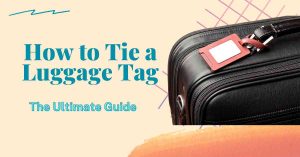
- How to Loosen Backpack Straps: A Practical Guideline
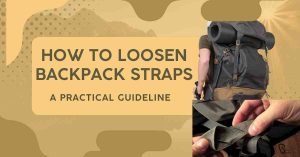
- General Tips: How Many Books Can You Put in an Empty Backpack?


